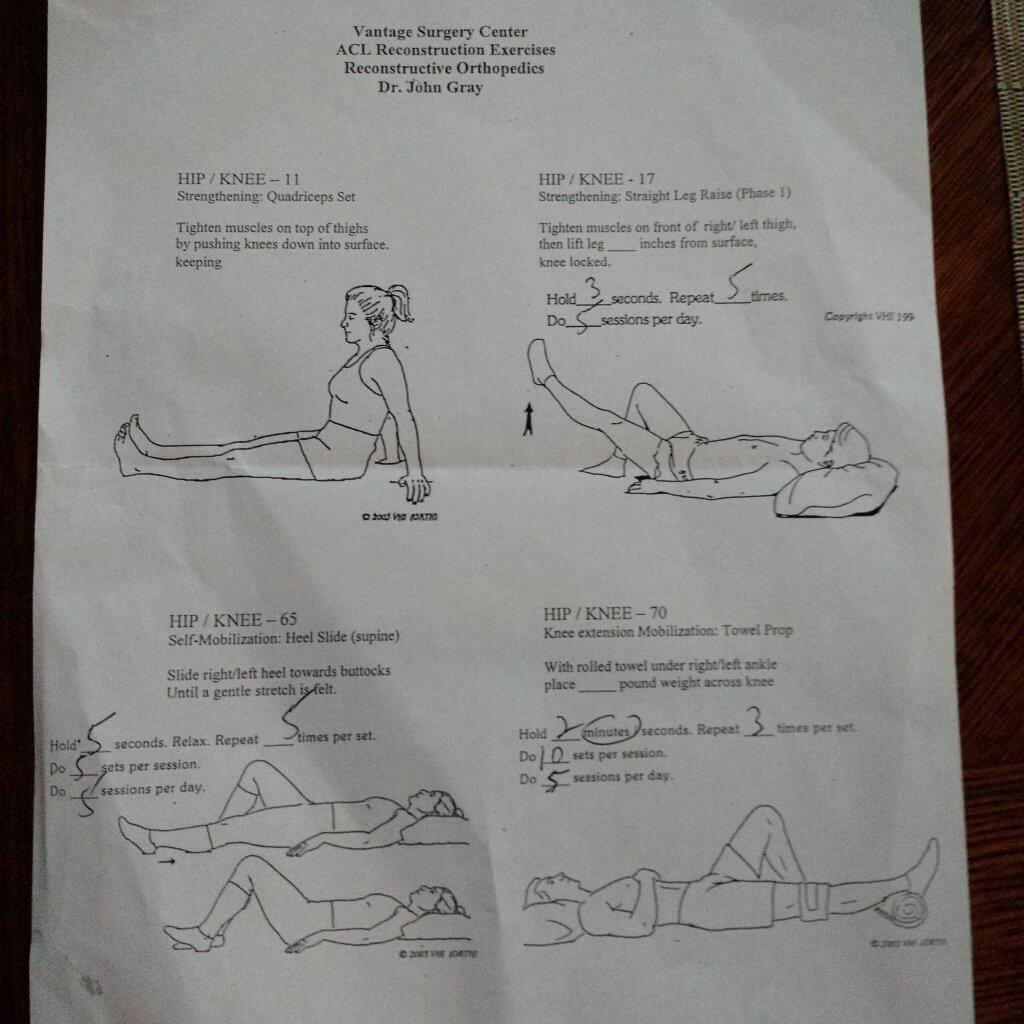How to Start Running and Then Start Again: Overcoming Devastating Injury

JV Cross Country did not go well for me. By the end of the season, shin splints crippled me. The injury was so bad I limped across the finish line. That was the end of my running career for the next thirty-two years. Then my wife suggested we run a half marathon together for my fiftieth birthday bucket list. Here is how I overcame my my injury and started again.

Overcome Objections
I did not want to be a limping mass of leg pain ever again. The guy at Fleet Feet fitted me properly after analyzing my gait. He put in the right inserts to counteract my pronation. He told me to trust my wife.
Use a Proven Method
She started running at age 40 using Jeff Galloway’s walk/run method. On day one, she mostly walked from mailbox to mailbox. She assured me that I would probably do the same. Over the next many months, we walked/ran together, slowly building up the miles and speed.

Work Through Setbacks
It was not a pain-free process. I had some setbacks along the way. My goal was to run the Disney Half-Marathon and cross the finish line hand-in-hand with my wife. We pushed on and I learned some of these lessons along the way and afterwards.
Get a Coach
First, get a coach who knows running and body mechanics. Very few people run naturally well with good technique. I’m fifty-five years old and I learned to run all over again.
My running coach is not just a runner. He is a professional physical therapist and certified running coach. I sure wish I had him back in high school.
Get Checked Out
No matter how small the issue, how long ago, or how little, if any pain lingers, tell your doctor and therapist everything. Devastating injuries rarely occur from one-time incidents. They are what the clinicians call “cumulative trauma.” A lot of those injuries are preventable by learning and executing good form consistently for a lifetime. Before you start running, get checked out. Baseline your capabilities, fitness, and form. Spend some money not just on good sneakers but on a running pro who will help you achieve good technique.
Get Strong
A strong core is a runner’s best protection against injury. I herniated my L5 disc back in 1995. It paralyzed me for a week. It will always be a trigger point. A super strong core protects my spine from the compressions from running. A weak core may also result in premature tiring. You’ll fold at the waist. This constricts the diaphragm muscle that restricts your breathing. Less oxygen means less fuel to the muscles. If you want to come back from a devastating injury, make sure you include core conditioning in your rehab.
Get Educated
You don’t have to be a doctor to learn technique and the basics of how your body works. Learn body mechanics so that when you do feel that little twinge, you will know whether to ignore it or stop and get it checked before it accumulates into the next run stopper. I suspect that my torn ACL stemmed from the herniated L5. That in turn caused my right glute not to fire. This imbalance weakened the entire leg muscle support system. Without strong quads, the knee became highly susceptible to injury.
Get the Right Products
A season into obstacle course racing, I found out what a wonderful product compression socks were. All that uphill running was new to this flatlander. All that single track downhill was brutal on my calves. They needed protection, bloodflow, and oxygen. In season two, everyone on the course laughed at me, the guy with the neon green compression socks. In season three, nearly everyone on the mountain wore them.

Get Balanced
Every injury causes imbalance to your body. Some are permanent, while some are not. A snapped ankle tendon at age 18 and a herniated L5 disc at age 33 created permanent imbalance in my body. They both affect my running. Regular maintenance at the chiropractor gets my right hip re-aligned. Weekly targeted exercises help ensure my glute fires properly. Regular foam rolling ensures the knots and constrictions get knocked out.

After my ACL surgery, I wear a knee brace. This artificial restriction created another imbalance. One knee moves with less range of motion and flexibility. I needed a technique that allowed me to run with the lowest impact. I discovered a book called Chi Running and then found a practitioner who taught me the method.
Get Filmed
It’s one thing to read about form and quite another to try it while under the guidance of a coach. Make sure to see yourself on video to reinforce your technique improvement over time. Week by week I saw my lean get straighter, cadence faster, footfall more to midfoot strike. I saw my imbalances minimize as much as possible.
Get Rehab’d
If you’ve had surgery or injury, follow the doctor’s orders and head to PT for rehab. Try to go to a facility that specializes in sports rehab, especially running. My first rehab after ACL surgery got my leg working again to 100%. Afterwards, I discovered the imbalance created by the brace. My left knee started to ache and that was something that had never happened in all my running years. Something was wrong. My new running coach/PT helped me the rest of the way with the new technique, video, and conditioning.

Get Prehab’d
If you face surgery, ask the doctor for your rehab clinical treatment protocol. Then start doing it immediately to the best of your ability. The stronger you are going into surgery, the better and faster will be your recovery and rehab afterwards. Make yourself the ideal surgery and recovery candidate. You, your doctor, and your PT will be proud as you go through the experience and back on your feet. Three months post-op I was running again. I hope my downtimes are through forever.
Latest Articles
 Is Running on a Treadmill Easier Than Running Outside?Runners have their own preferences, whether it is treadmill running, running outside on the road, or exploring trails. So...
Is Running on a Treadmill Easier Than Running Outside?Runners have their own preferences, whether it is treadmill running, running outside on the road, or exploring trails. So... Is It OK to Use Trail Running Shoes on the Road?While trail running shoes can be used on roads, especially in situations where a runner encounters mixed terrains or pref...
Is It OK to Use Trail Running Shoes on the Road?While trail running shoes can be used on roads, especially in situations where a runner encounters mixed terrains or pref... How to Fix Sore Quads After Running?Rest, ice, gentle stretching, and over-the-counter pain relievers can help soothe sore quads after running. Also, ensure ...
How to Fix Sore Quads After Running?Rest, ice, gentle stretching, and over-the-counter pain relievers can help soothe sore quads after running. Also, ensure ... 10 Fruits With The Most Electrolytes to Replace Sports DrinksThese fruits are high in electrolytes such as potassium, magnesium, and calcium, essential for hydration, muscle function...
10 Fruits With The Most Electrolytes to Replace Sports DrinksThese fruits are high in electrolytes such as potassium, magnesium, and calcium, essential for hydration, muscle function...

